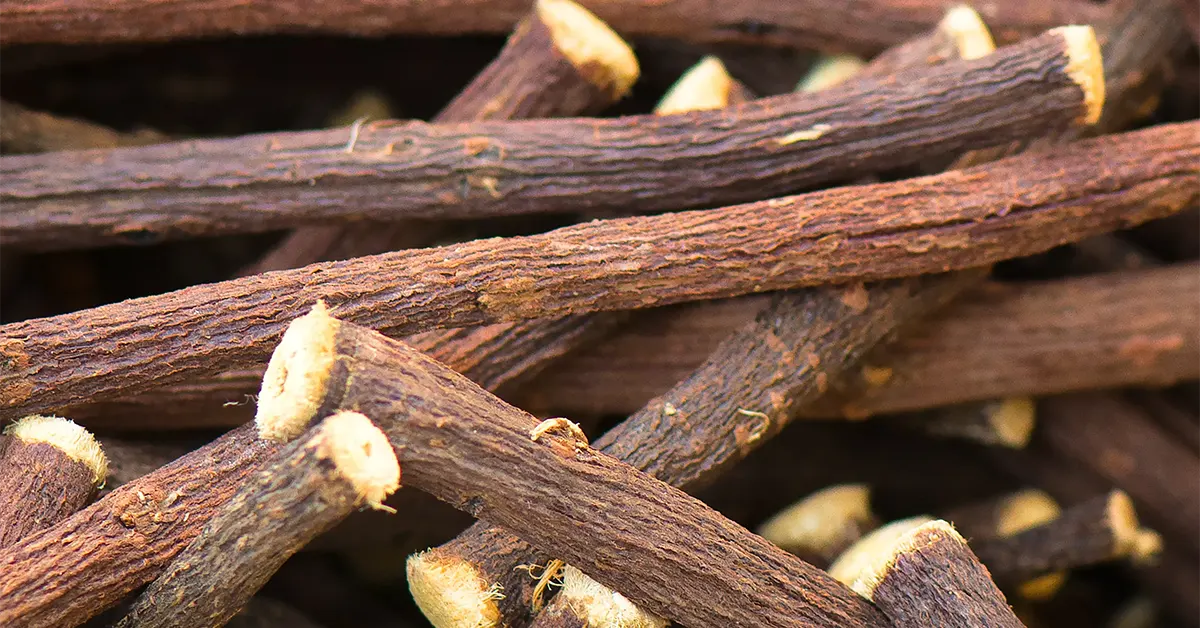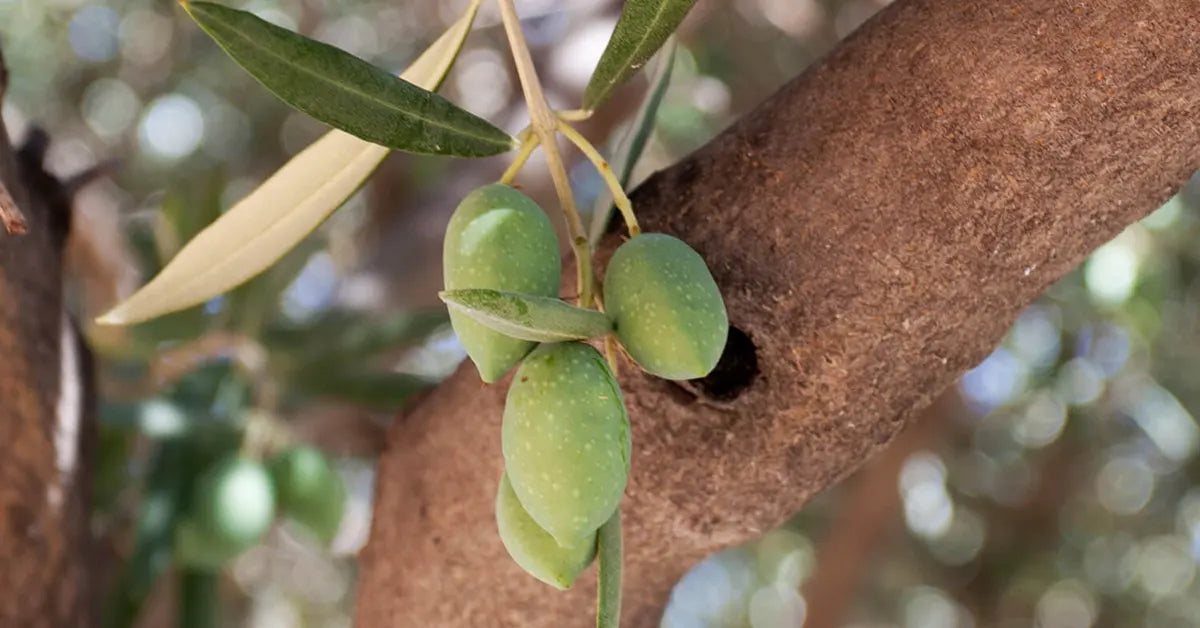
licorice root extract
Licorice root – soothing, brightening & anti-inflammatory
Liquorice root has a skin-soothing, antibacterial, anti-inflammatory and pigment-balancing effect – ideal for irritated, reddened or problematic skin.
Introduction / Brief description
Licorice is known to many as the raw material for licorice. In natural cosmetics, licorice root extract (INCI: Glycyrrhiza Glabra Root Extract ) is valued for its skin-soothing, anti-inflammatory, and pigment-balancing properties—ideal for sensitive, reddened, or blemished skin.

Origin & Production
Licorice root originates from the Mediterranean region and Western Asia and is now cultivated organically in India, France, and Spain. Extraction is usually carried out using aqueous or alcohol-free methods. The plant belongs to the Fabaceae family; its roots contain a variety of bioactive substances, including glycyrrhizin, glabridin, and licochalcone A.
Active ingredients & effects
- Licochalcone A: Proven to soothe irritated and reddened skin.
- Glycyrrhizin: Has antibacterial, antiviral and anti-inflammatory effects.
- Glabridin: Lightens hyperpigmentation, acne spots, or sun damage.
- Coumarin: Supports the skin tolerance of vitamin C or niacinamide.
- Carotenoids & Zinc: Antioxidant, detoxifying and cell regenerating – more powerful than vitamin E.
Use in natural cosmetics
Liquorice root extract is used in:
- Facial care for reddened, irritated or inflamed skin
- Soothing serums & creams for rosacea or atopic dermatitis
- Products against pigment spots & uneven skin tone
Special features / Who is it suitable for?
- ✔ Ideal for rosacea, neurodermatitis, perioral dermatitis
- ✔ Clinically proven soothing & anti-inflammatory
- ✔ Suitable for sensitive, allergy-prone skin
- ✔ Vegan, alcohol-free, certified organic
Our natural cosmetics with licorice root
Discover our soothing care with licorice root – ideal for rosacea, sensitive or inflammation-prone skin.
Further information on anti-inflammatory agents:





